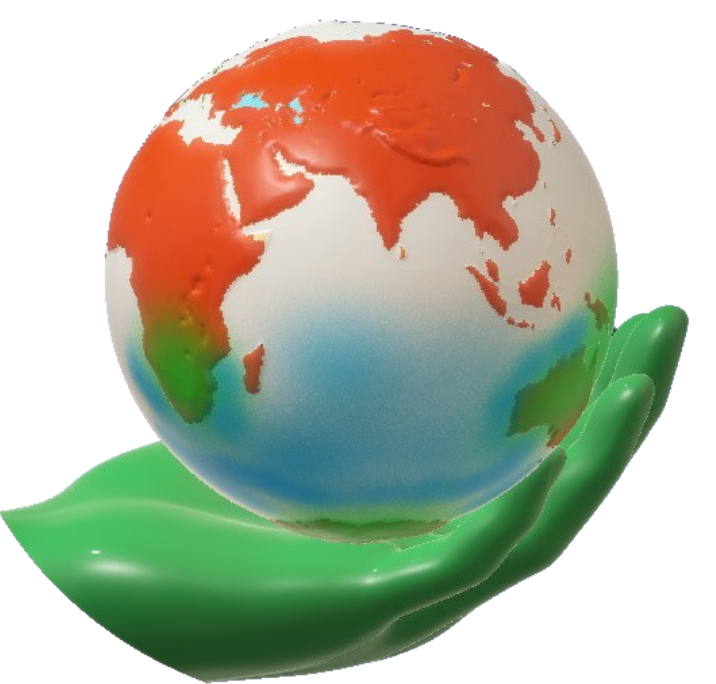
World Soil Day (WSD) is held annually on 5th December as a means to focus attention on the importance of healthy soil and to advocate for the property management of soil resources. The theme of World Soil day 2021, according to the Food and Agriculture Organization (FAO) campaign, is “Halt soil salinization, boost soil productivity” .
An international day to celebrate soil was suggested by the International Union of Soil Sciences (IUSS) in 2002. Underneath the leadership of the Dominion of Siam and inside the framework of the Global Soil Partnership, United Nations agency (FAO) has supported the formal institution of WSD as a worldwide awareness raising platform. The FAO supported World Soil Day in Gregorian calendar month 2013 and requested its official adoption at the 68th UN General Assembly. In December 2013, the UN General Assembly responded by designating five December 2014.

Soil salinization and sodification are major soil degradation processes threatening ecosystem and are recognized as being among the most important issues at a global level for agricultural production, food security and property in arid and semi-arid regions.
Salt-affected soils have serious impacts on soil functions, like in the decrease in agricultural productivity, water quality, soil diversity, and erosion. Salt-affected soils have a decrease ability to act as a buffer and filter against pollutants. Salt-affected soils reduce the ability of crops to take up water and also the availability of micronutrients. They also concentrate ions that are noxious to plants and may degrade the soil structure.

With close to 30 per cent of its geographical area already affected, land degradation is definitely among India’s most pressing environmental problems. To make matters worse, almost all Indian states have recorded an increase in degraded land in the past 15 years, with the most rapid increase being noted in the biodiversity-rich northeastern states. These details have been published in the Desertification and Land Degradation Atlas of India, made public in August by the Indian Space Research Organization (ISRO).
The numbers, collected for 2018-19, also highlight the stiff challenge India will need to face to achieve its target of becoming land degradation neutral by 2030, announced by the Prime Minister in September 2019 at the United Nations Convention to Combat Desertification.
Currently, 97.85 million hectares (mha) of land — an area 2.5 times the size of India’s largest state Rajasthan— has already been degraded. Of this, 3.32 mha — an area 22 times the size of Delhi — has been added in the 15 years between 2003-05 and 2018-19.

Soil salinization takes up to 1.5 million ha of farmland per year from production. The annual loss in agricultural productivity caused by salinization is estimated to be of US$ 31 million. It is estimated that there are more than 833 million hectares of salt-affected soils around the globe (8.7% of the planet).
FAO has launched the Global Map of Salt-Affected Soils. Most of them can be found in naturally arid or semi-arid environments in Africa, Asia and Latin America. The map allows experts to identify where sustainable soil management practices should be adopted to prevent salinization.

A single spoon of the soil has millions of living organisms in it. Save their lives and protect the soil. Happy World Soil Day

